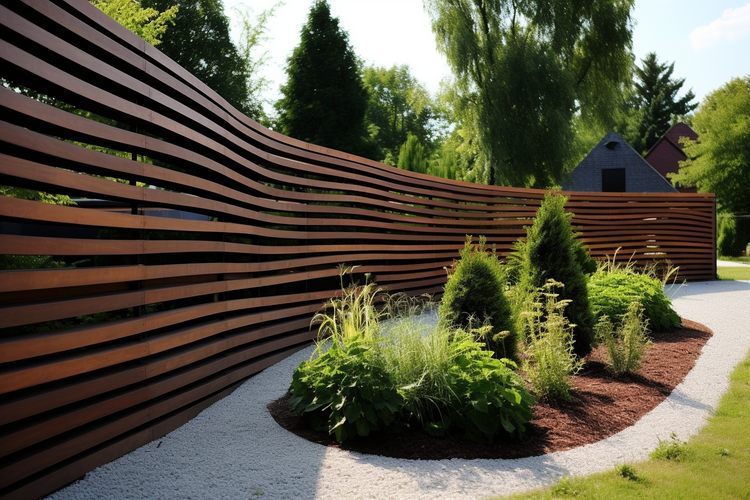Gates: Design, Technology, and Privacy Considerations
Gates are more than entry points; they shape movement, perception, and security for homes, businesses, parks, and campuses. Over recent years gate design has blended traditional materials with new technologies, responding to aesthetic preferences, sustainability goals, and concerns about convenience and privacy. This article examines how current trends, visual style, biophilic ideas, automation, and privacy considerations influence gate choices and planning.

What are current gate trends?
Current gate trends emphasize material mix, modularity, and sustainability. Homeowners and property managers increasingly select combinations of metal, timber, and composite panels to balance durability with visual warmth. Slimline steel frames paired with wooden slats or perforated panels offer contemporary profiles while permitting airflow and partial visibility. Trends also include modular components that simplify installation and future upgrades, and coatings or finishes that extend lifespan. In many areas, local services now offer consultation to align gate selection with zoning, maintenance needs, and neighborhood character.
How does aesthetic design affect gates?
Aesthetic choices determine how a gate integrates with architecture and landscape. Minimalist gates with clean lines suit modern facades, while ornate ironwork complements historic properties. Proportions, color, and texture influence perceived scale and presence: darker tones recede while lighter finishes draw attention. Design also accounts for sightlines and lighting; integrated post-mounted or recessed lighting can highlight form without compromising function. Effective aesthetic design considers durable finishes and maintenance cycles so the gate remains cohesive with the property over time rather than becoming a maintenance burden.
Can gates incorporate biophilic elements?
Biophilic design links people to nature, and gates provide opportunities to extend that connection at property edges. Incorporating planters, living walls, or climbing-support structures into gate systems softens hard edges and creates seasonal interest. Permeable panels or patterned openings can allow glimpses of greenery beyond while supporting airflow and light. Materials selection matters: sustainably sourced timber, recycled composites, and corrosion-resistant metals reduce environmental impact. Biophilic gates can also support biodiversity by providing anchoring points for native vines or nesting features, helping the entrance area contribute to local ecological networks.
How is automation changing gate use?
Automation has shifted gates from purely physical barriers to integrated access systems. Motorized swing and sliding mechanisms increase convenience and can improve safety by regulating opening speed and locking. Automation integrates with intercoms, keypads, RFID readers, smartphone apps, and smart-home platforms to manage access remotely. When selecting automation, consider power options (mains, solar, battery backup), cycle ratings for expected usage, and compatibility with local services for installation and maintenance. Thoughtful automation planning includes fail-safes for power loss and manual override options to ensure continued operation in emergencies.
What privacy and security considerations matter?
Privacy and security are central to gate planning and often trade off against visibility and aesthetic goals. Solid, opaque gates offer maximum visual privacy but may hinder passive surveillance; perforated or slatted designs balance screening with sightlines. Security features include robust locking mechanisms, tamper-resistant fastenings, and monitored access logs when using electronic entry. Consider local regulations about gate height, sight triangles near driveways, and emergency access requirements. Privacy choices should also address data concerns for automated systems: ensure devices use secure communication protocols and that access logs or camera feeds are stored responsibly.
Gates sit at the intersection of design, environment, and technology. Decisions about materials, form, plant integration, motorization, and data handling shape how entrances perform for daily use and long-term resilience. Thoughtful planning accounts for local services and regulatory context, maintenance expectations, and how a gate contributes to both privacy and neighborhood character. By balancing aesthetic, biophilic, automation, and privacy priorities, property owners can create gates that meet functional needs while enhancing the surrounding space.






